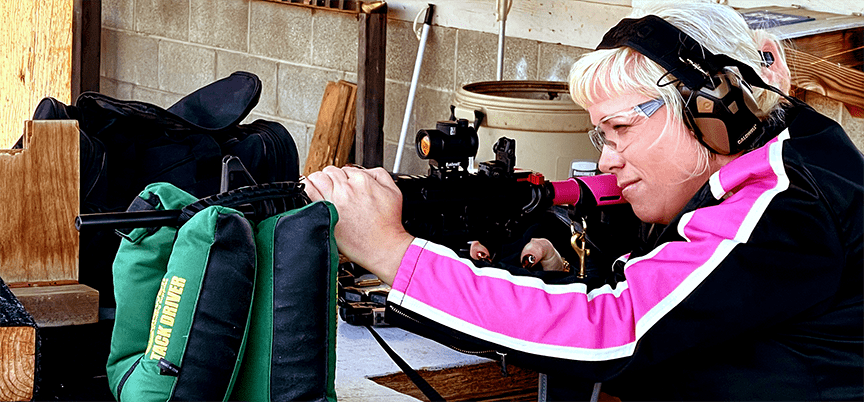
About Cheralynn...


Okay, let’s do this…
I never know what to say about myself in these bios. My first impulse is to just mindlessly fill it up with my resume (how creative). But not to impress you. If anything, to put your mind at ease, I know what I’m doing. Lucky for you, I've given this more thought. You can always find my credentials in other places (PsychologyToday.com. California/Oregon state boards, Nat'l Board of Certified Counselors...); besides, I think it goes without saying boring you to death from the get-go would be counterproductive in getting you to come see me. I'm thinking you’ll be more inclined if I can give you a sense of who I am and how I think as a human being so you can determine if we’ll make a good fit.
Not your typical therapist. If I could tell you just one thing about me, it would be to forget what you know about other therapists and university psych professors—I’m not like my colleagues. You just have to meet me. Sure, I like to do my nails and wear makeup and heels, but I also like to ride my Harley Road King Special, start wild horses under saddle, operate heavy equipment, and practice drills with my weapons.
I graduated summa cum laude with a major in mental health counseling and a minor in crim then taught upper division psych courses. I deeply appreciate the ongoing encouragement of my grad professors to jump into my private practice straight out of school, for doing this allowed me the freedom (and courage) to intuitively sink my roots into my target populations.
Psych Armor for Veterans… Upon licensure, I was contacted by the VA with referrals for veterans through what was previously called the CHOICE Program, now Community Care Network (CCN). I have family who served in the military so the idea of supporting them was dear to my heart. I chose to accept the referrals and participated in Psych Armor clinical training to educate myself clinically about military culture.
It has been a true honor to meet and hear the stories of my veteran clients and it gives my life meaning to know I can be there for them by helping them improve the quality of their lives and relationships.
My Backup for Law Enforcement... A few years later, my nephew joined the San Jose PD, and I began to wonder who was supporting our law enforcement (LE). In researching the matter, my heart sank to discover we did not have licensed mental health providers certified to work with first responders in our area. To me, it looked like a black hole of abandonment, a true lack of appreciation for the people who sacrifice holidays with their loved ones and games with their kids, not to mention risking their lives and sanity to keep us safe. LE careers have always been challenging, both on and off-duty, but the recent wave of anti-LE political movements across the country have only exacerbates the situation. With bad policy, there's a lack of true support, increased stress on the job, inadequate budgets (gear and training), low pay rates, and, therefore, reduced recruitment with high turnover. Needless to say, I am on a mission.


The red pill or the blue pill? I began taking steps to fill that black hole. As if choosing to take the red pill in the 1999 movie “The Matrix,” I knew going in would change me, it would change the way I viewed the world from my protective (naive) bubble of existence. I knew I would be seeing things I could not unsee and hear things I could not unhear.
Within five months, I spent over 100 hours with the local police department and earned my credentials as a certified first responder counselor (CFRC), a certified clinical trauma professional (CCTP), and a certified peer support team leader/trainer (CPSTL/T). To my delight (and relief), I was very warmly accepted by the chief, dispatch team, and officers. Shortly thereafter, I created my officer wellness program I call “My Backup,” consisting of emotional agility training, 24/7-365 crisis support, and ongoing confidential counseling for all responders (LE, fire, dispatch, EMS, ER personnel...).
Where am I going? My goal is to advocate for the quality of life of LE and other first responders by providing necessary emotional agility training and reducing the stigma of clinical support. My goal is to educate my field and continue to encourage upcoming psych majors to consider focusing their careers on this specialized population.
For this reason, I will continue to do whatever I can to better understand and support first responders/military while serving as an agent of change to improve their culture. Sadly, there are more psychological hazards on the job than physical, but they are not aware of it until it's too late. They do not deserve to be set up to fail.
